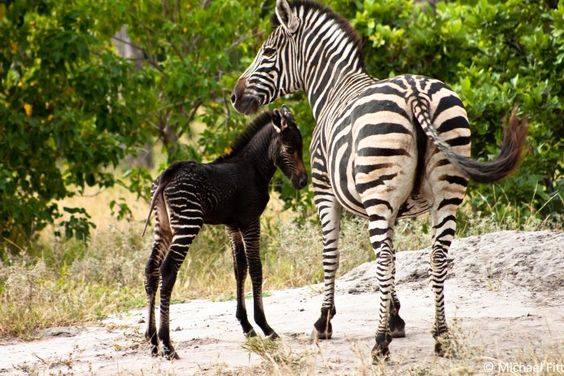
This mutation is likely present across all bird species, but it is harder to detect in a species where adult males and females look similar, Daniel Hooper, a postdoctoral fellow at the Cornell Lab of Ornithology, told National Geographic. Gynandromorphism is a very rare condition that is known to occur in insects, snakes, crustaceans, and birds. So, its brain is likely half-male, half-female, too. The cardinal not only appears half-male, half-female, but it also has the genetic makeup for both sexes. Gynandromorphism likely occurs because of an error during egg formation. This genetic anomaly is referred to as bilateral gynandromorphism because it causes a split right down the middle with half of the species’ body resembling a male and the other half a female. And without that natural fly deterrent, she's more at risk of contracting a disease (like equine influenza) that's spread by biting flies.The gynandromorphic cardinal in Erie, Pennsylvania. Photo Credit: Shirley CaldwellĪ gynandromorphic-meaning half-male, half-female-northern cardinal was spotted in Erie, Pennsylvania, in January 2019. Her unusual coat pattern will make her stand out from the herd, and that's not a good thing when you're trying not to be noticed by a hungry lion. With spots instead of stripes, Tira is likely at a disadvantage. Other theories say that stripes play a roll in temperature regulation and camouflage against predators. Scientists suggest the stripes evolved as a way to deter biting flies. According to research, a zebra's distinctive coat pattern is about more than looking good. She looked to be about a week old and was with her mother and the rest of her herd. But with a closer look, it was clear Tira really is a zebra. Liu wrote on Instagram that at first glance, the foal looked like it was a completely different species. Wildlife officials have observed zebras with the same mutation in Botswana's Okavango Delta, but there's precious little information about these rare animals. Liu believes baby Tira is the first spotted zebra to be seen in the Masai Mara. In this case, it caused baby Tira's stripes to transform into spots.

It's extremely rare, and it causes animals to show abnormalities in the patterns of their stripes. But according to National Geographic, this baby's unique look is all about genetics. Seeing a zebra with spots instead of stripes was certainty surprising. Liu was one of the first people to see the spotted zebra in real life and take its picture. The guide named the baby after his last name, Tira.

During this trip to Kenya, he wrote on social media that a guide at the reserve came across a genetically mutated zebra foal. The Australian photographer has traveled the globe getting up close with nature and photographing amazing wildlife. Liu was at the Maasai Mara National Reserve in Kenya hoping to photograph rhinos. The photographer was lucky enough to come across an extremely rare sight-a spotted zebra foal. But thanks to talented wildlife photographer Frank Liu, we're learning that a zebra's coat pattern isn't as predictable as we thought. They're one of the most recognizable animals in the world thanks to their distinct black and white coat markings. Everyone including your four-year-old nephew knows that zebra have stripes.


 0 kommentar(er)
0 kommentar(er)
